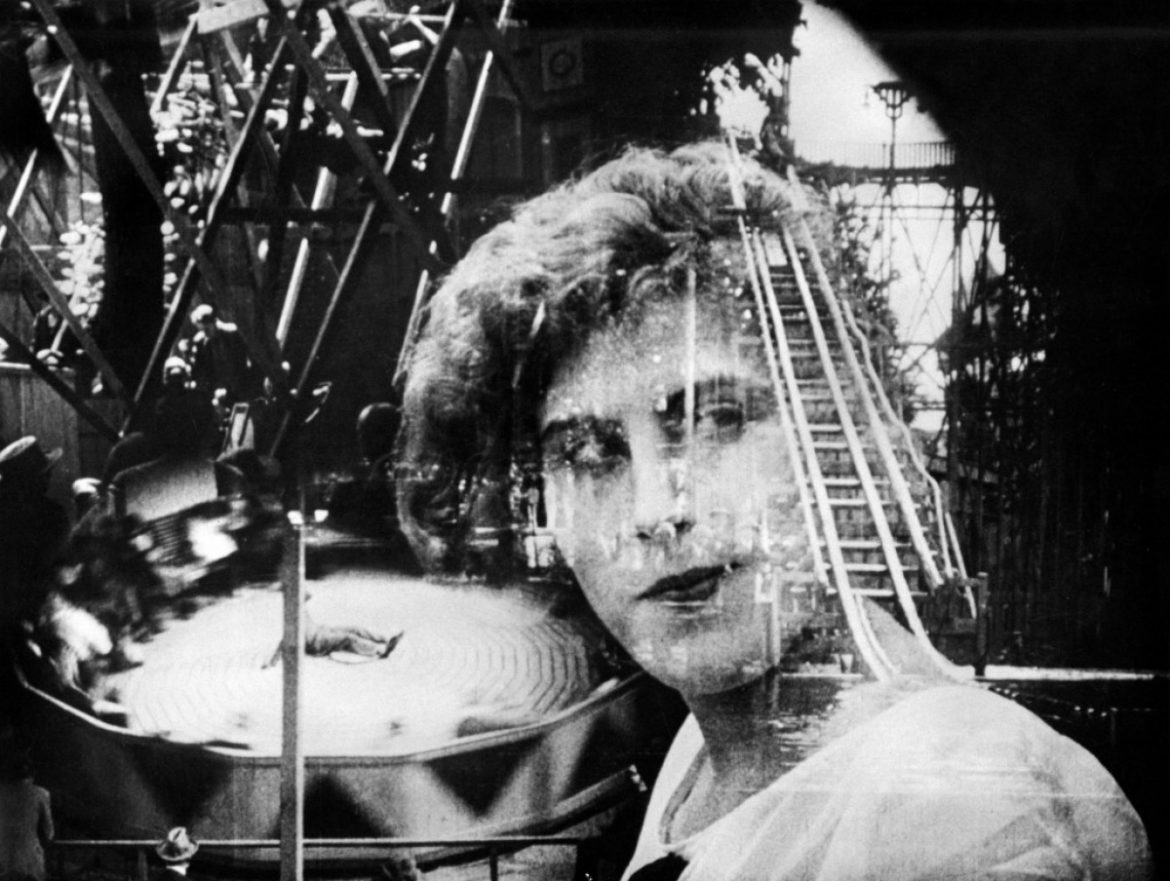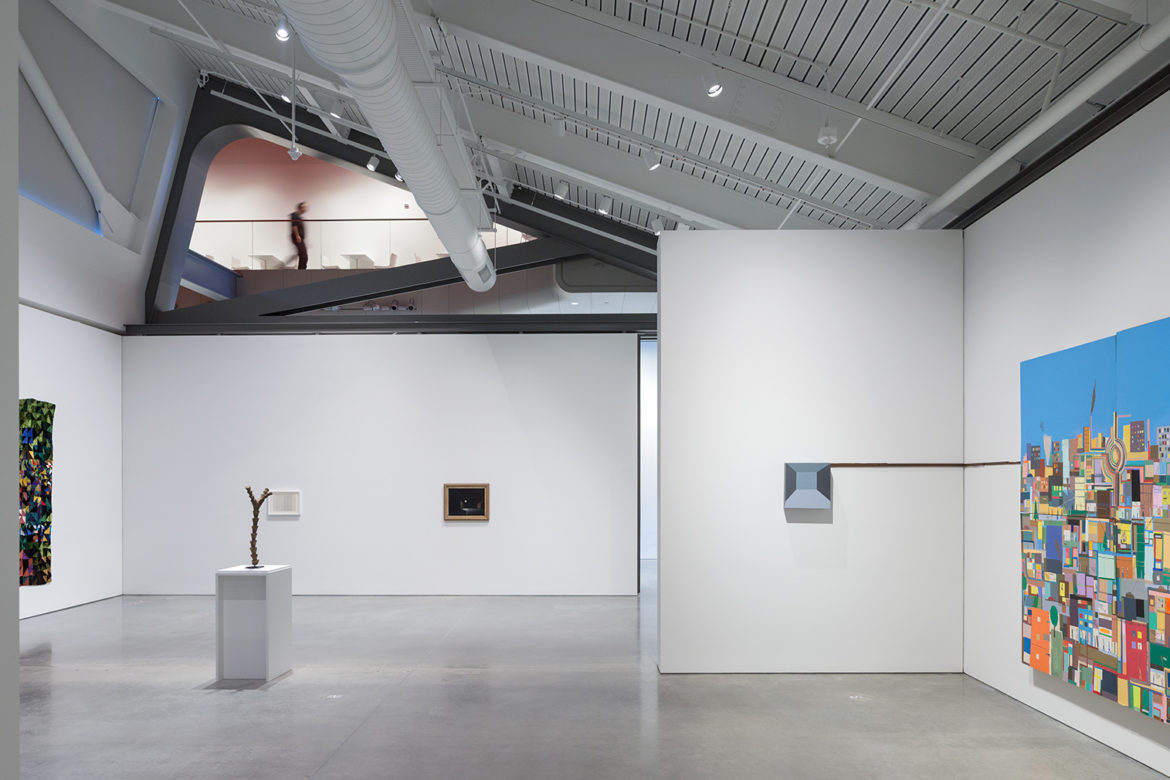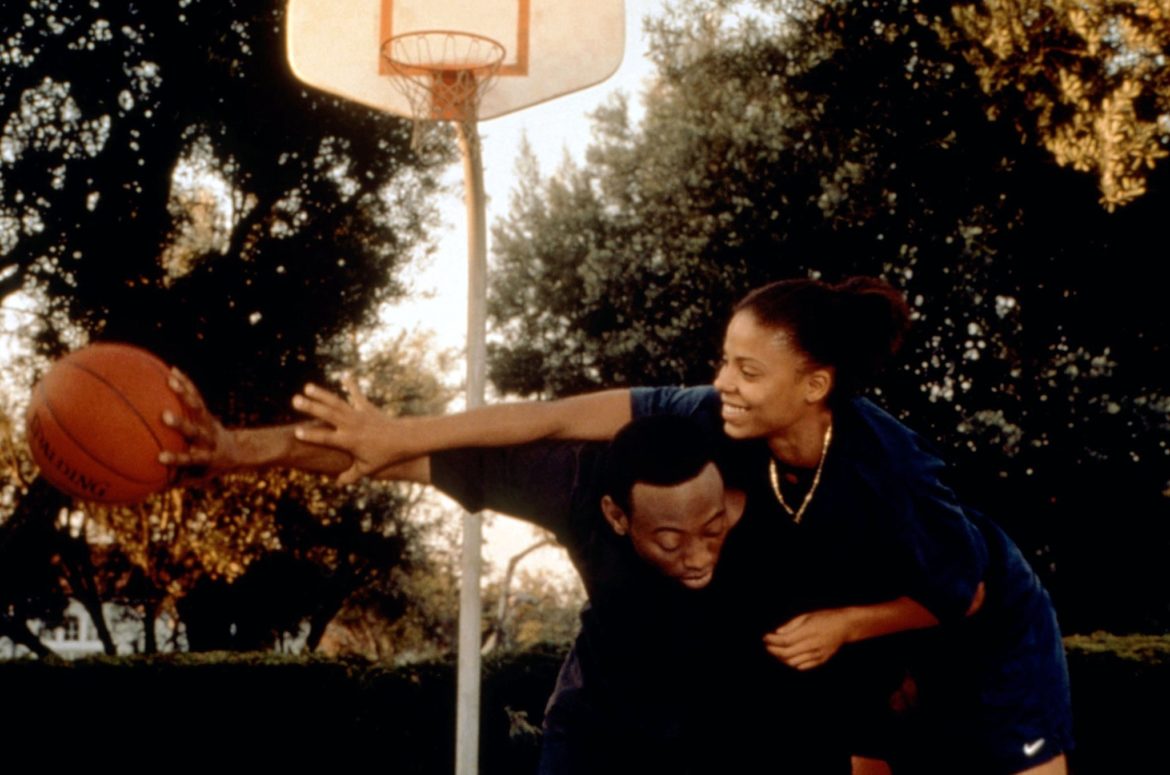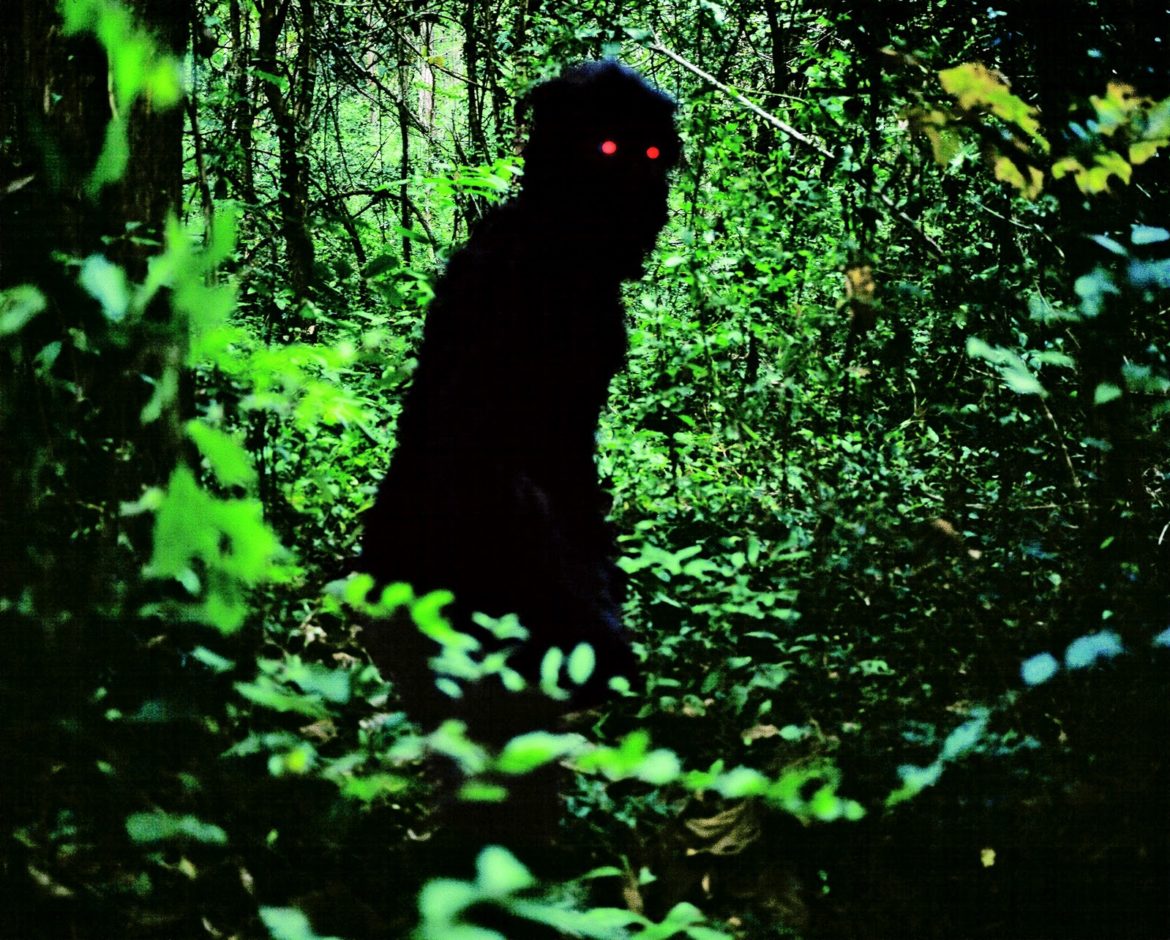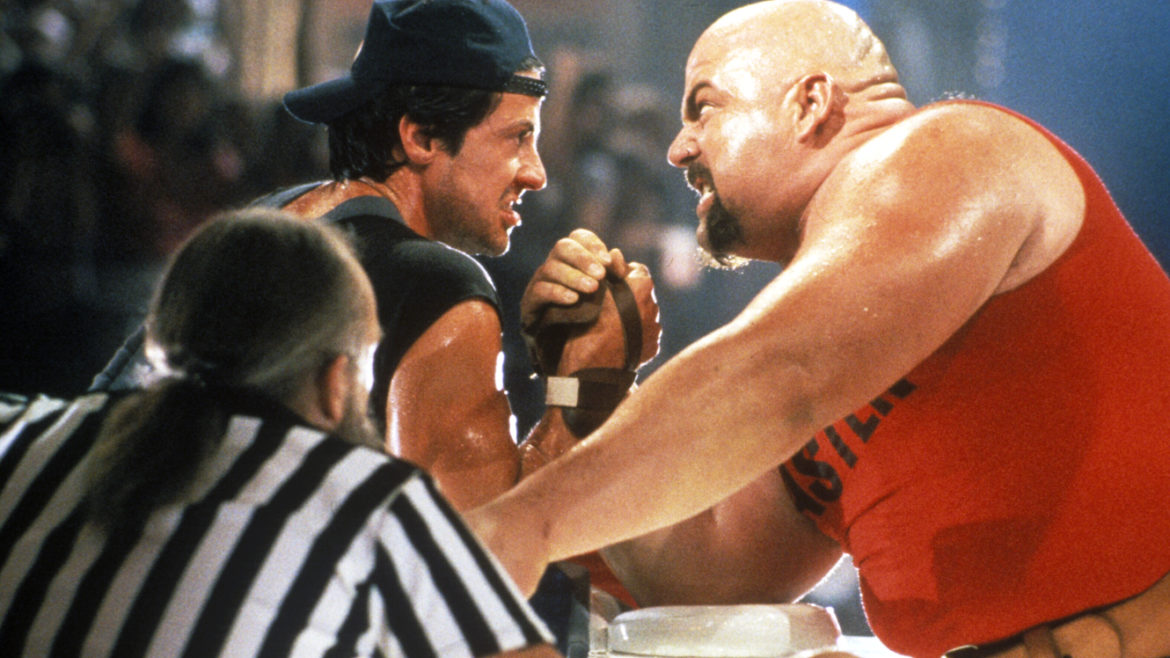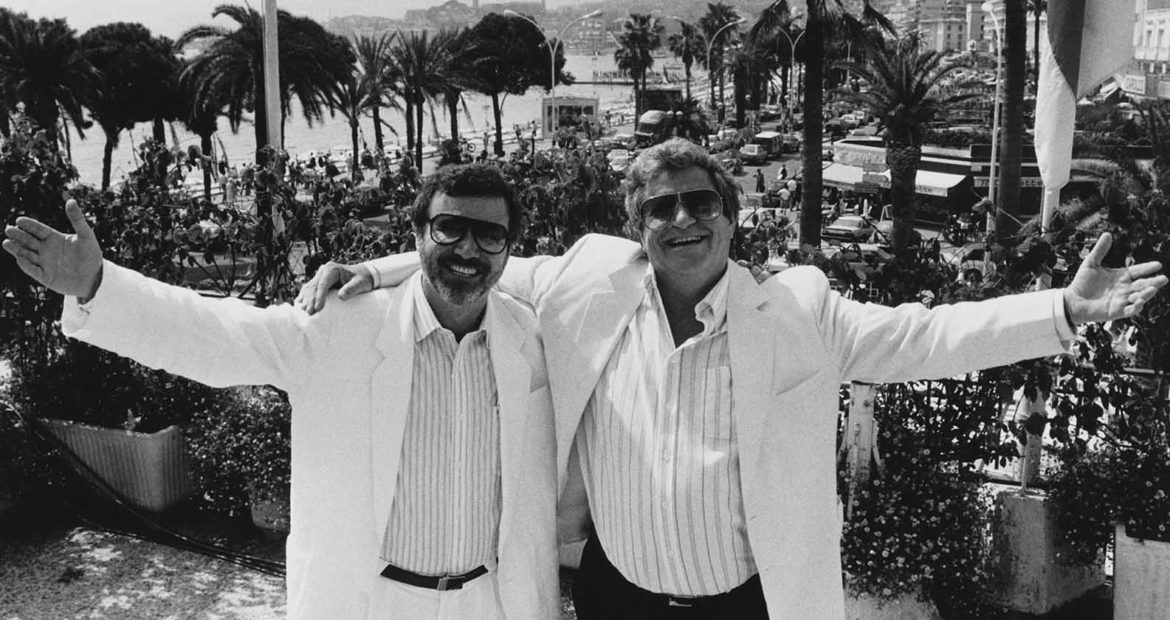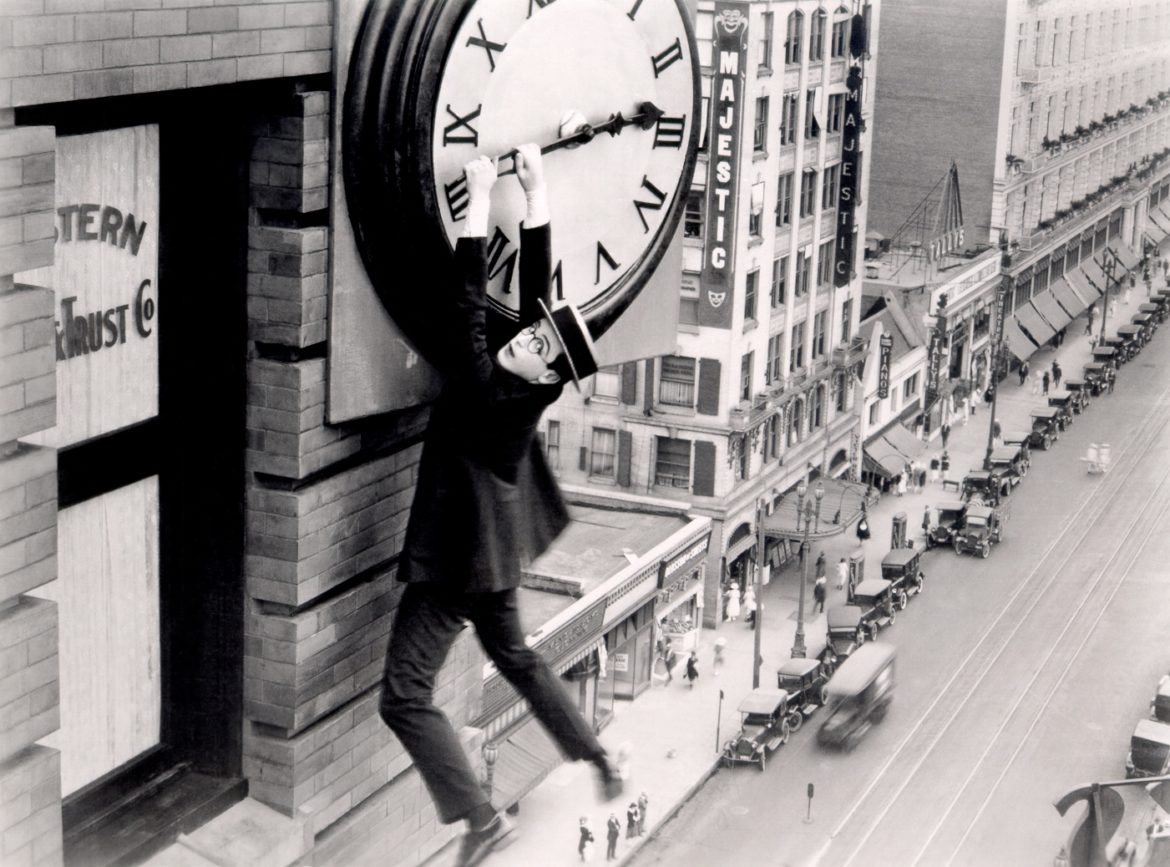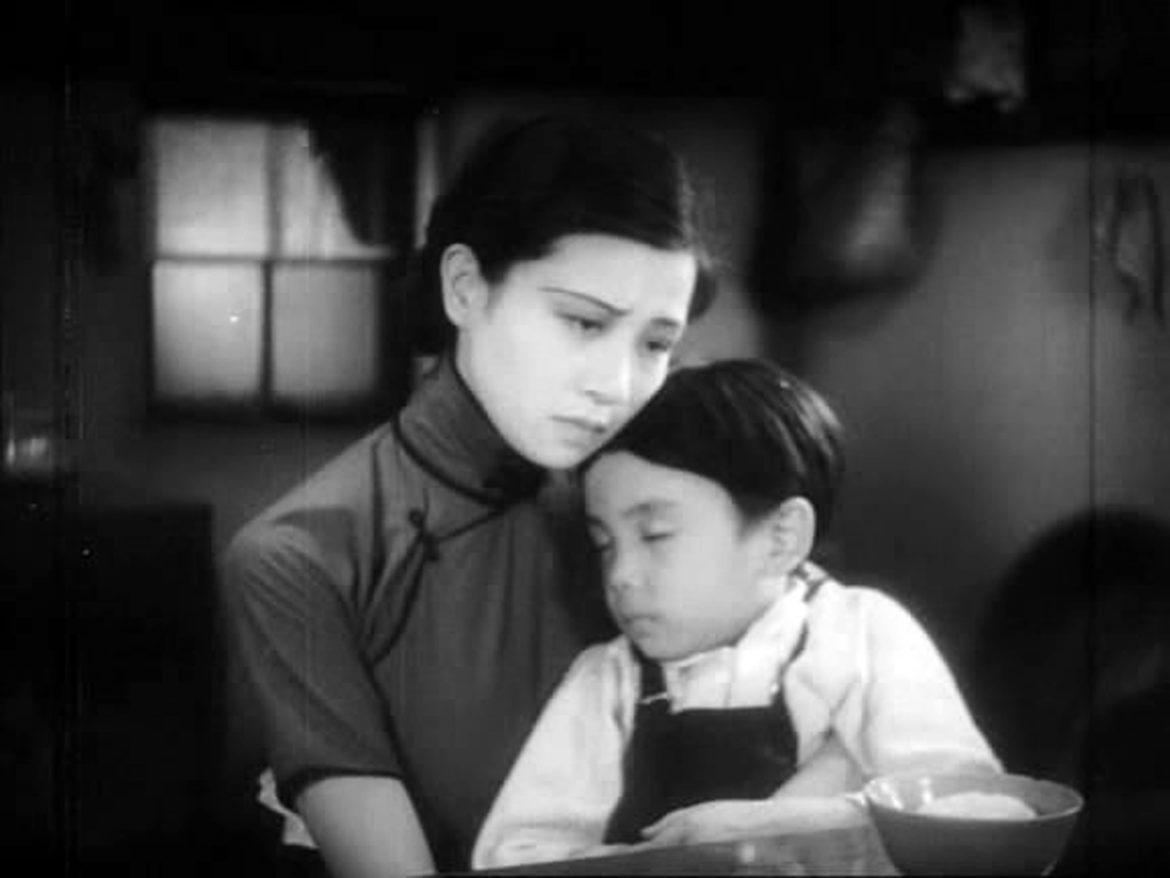In Part 2 of our discussion with Susan Oxtoby, Senior Film Curator at the Berkeley Art Museum and Pacific Film Archive, we talk a bit about film preservation and restoration, about archives and collective memory, and the future of film in the digital age.
Commentary
“There’s Just a Wealth of Filmmaking That Could Be Shown”: A Conversation with Susan Oxtoby
Susan Oxtoby knows film.
Over the course of her career, the current Senior Film Curator at the Berkeley Art Museum and Pacific Film Archive (Bam/PFA) has programmed countless series and retrospectives, introducing audiences to under-seen, rarely-screened masterpieces from throughout the world and across cinema history.
As all good sports fans know, yesterday was Selection Sunday, in which brackets for the NCAA tournament and March Madness were revealed. I did not know this, as I am not a good sports fan, until my sport-savvier girlfriend Carrie informed me a few weeks back.
Every March, some folks over at Letterboxd hold a 30 Films In 30 Days From 30 Countries challenge, in which, unsurprisingly, you are challenged to watch 30 films in 30 days from 30 countries.
I’m giving it a go this year, though as you can see, I’ve already fallen behind schedule.
Over The Top is not a good movie. In fact, it would be fair to call it an extremely bad movie. At no point, over the course of its surprisingly merciful hour-and-a-half running time, does it feature recognizable human beings, engaged in the activities human beings are generally known for.
At one point in Electric Boogaloo: The Wild, Untold Story of Cannon Films, the late Menahem Golan, the inexhaustibly enthusiastic producer of movies that probably did not merit anything close to his hilariously exaggerated boosterism, lays out his own view of his company’s legacy: “Sometimes we made good films, sometimes we made not so good films, but we made films.
Part of an ongoing effort to watch each of the films in Roger Ebert’s Great Movies series. The introduction and full list can be found here.
Why did the image of Harold Lloyd‘s “Glasses character” – pasty, spectacled, straw boater still perched precariously on his head – dangling from the minute hand of a clock 12 stories up become one of cinema’s most enduring images?
Part of an ongoing effort to watch a set of films from non-White, non-U.S., non-male, and/or non-straight filmmakers and depart a little from the Western canon. The intro and full list can be found here.
When I first conceived of this series, one of the things I hoped for was to “discover” masterpieces.
The Coen Brothers are the closest thing we have to existentialist filmmakers working today.
Before you dismiss this out of hand, consider the following. The Man Who Wasn’t There, probably their most underrated film, is essentially an adaptation of Albert Camus’ “The Stranger” (at least as much as A Serious Man is a retelling of The Book of Job).
This past Sunday was “Community Day” at the Berkeley Art Museum and Pacific Film Archive (BAMPFA), marking most people’s first opportunity to take a look inside the newly redesigned space on downtown Berkeley’s Center Street. It’s been years in the making – the previous location opened in 1964 but was shuttered at the end of 2014, due to seismic concerns – and hundreds turned out to see what rock star design firm Diller Scofidio + Renfro (and $112 million in privately raised funds) had come up with.

